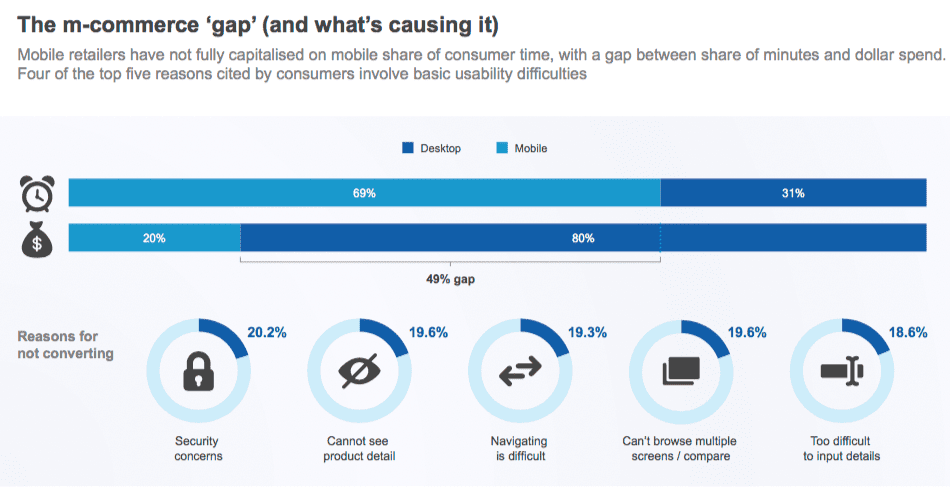Before mobile phones became an almost essential tool for modern living, tracking an individual across the internet was more straightforward.
Cookies, i.e. simple identifiers, placed on a browser were the easiest way to know when a visitor returned to your site. They contained the information you needed to match that user to a specific profile, sale or action.
The huge increase in smartphone ownership over the past decade has introduced difficulty in the old methods of attribution, creating a gap between mobile and desktop use. A cookie can only reside on a single browser/device, following the path from mobile to desktop (where most conversions still take place) became an issue for advertisers and their customers.
What is a device graph?
The fracturing of the ecosystem drove the advertising industry to seek solutions to the attribution problem, and the 'device graph' was born.
Also known as 'identity management,' the device graph attempts to link an individual to all the devices they use - desktop, laptop, mobile, tablet. These devices can then be grouped for analytics and targeting purposes, meaning the accuracy of ad delivery and measurement is increased.
Speaking to Digiday, Adform's Anthony Rhind said:
"It’s about the macro campaign experience across all devices. It’s become the device the majority of consumers are on. Marketing must catch up with consumer behaviors”
All available data points to mobile as a research tool, while the purchases themselves happen on desktop (or offline). The below image from Tapad shows the possible attribution for a car purchase:

Having gone to all the effort to combine a user's activity across each touch point, an accurate device intelligence solution could refine this process even further.
Enhancing the device graph
Knowing the various steps to conversion is great, of course, but what if you could also know the exact specifications of each device along the way? The potential gains for remarketing, content/ad optimization and personalization are huge.
Many ad-tech companies employ their own solutions, often utilising regex to parse User Agents. This approach can result in false positives and misdetection of devices, due to the messy nature of User Agents. Some devices masquerade as others, and keeping the database up to date is a massive task given how regularly new devices hit the market.
DeviceAtlas is used by some big players in the advertising space, powering trillions of ad placements each month. You can read some customer stories here. The primary use-cases include:
Maximizing conversions
High speed device recognition capable of millions of detections per second enables accurate ad targeting for the visiting device.
Ensuring quality of experience
Accurate device detection ensures ad creative served will render properly on the device.
Programmatic targeting for mobile
Up to date device information powers campaign management interfaces so that users can create campaigns based on a wide range of device characteristics.
Analytics and reporting
DeviceAtlas supports the analytics requirements of advertisers and publishers, to measure campaign effectiveness across different devices.
DeviceAtlas provides accurate device recognition in real-time, which extends and enhances targeting criteria, enriches audience profiles and maximizes cross-device content performance. Our database is kept up to date, with up to 50 new devices added each day. The specifications of each device - currently 189 in total - are also kept up to date and accurate, ensuring quick and reliable access through our cloud or local solutions.
To learn more about DeviceAtlas and how it works, click here.




